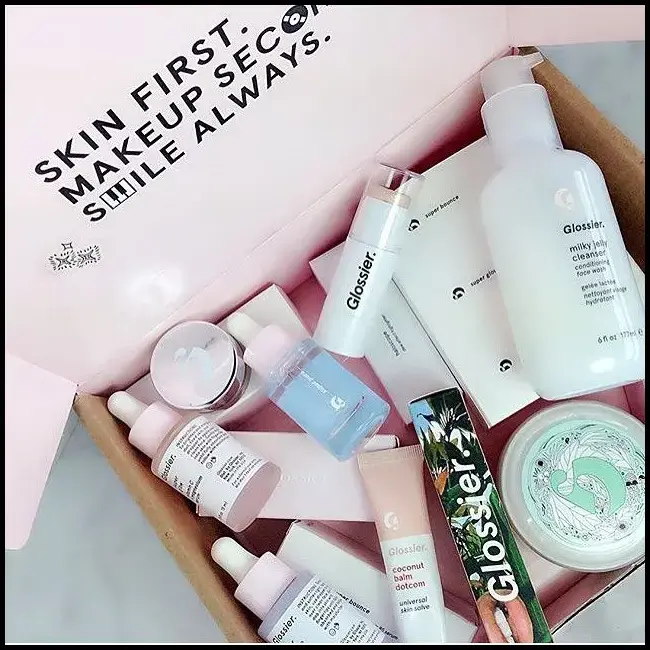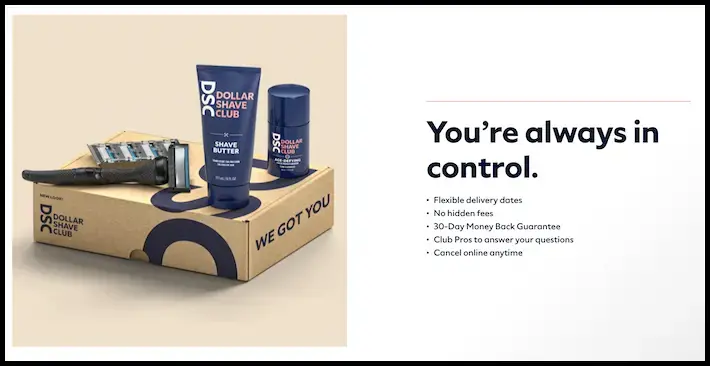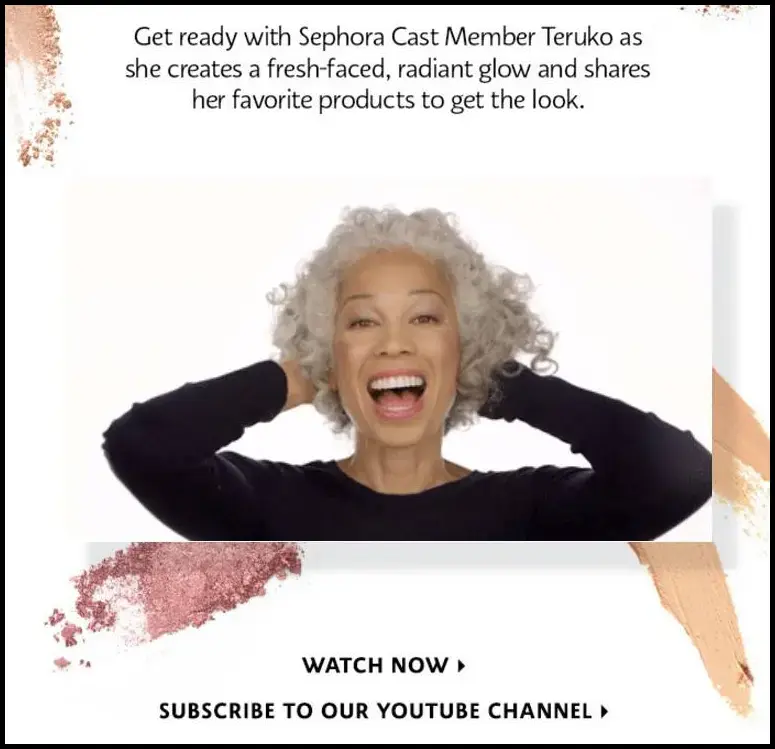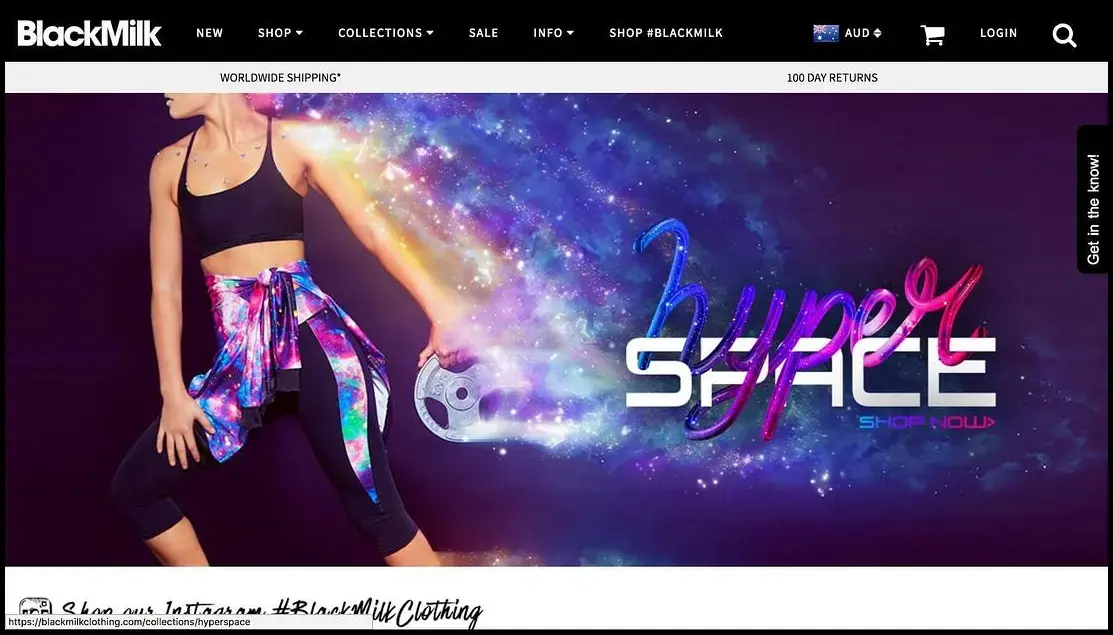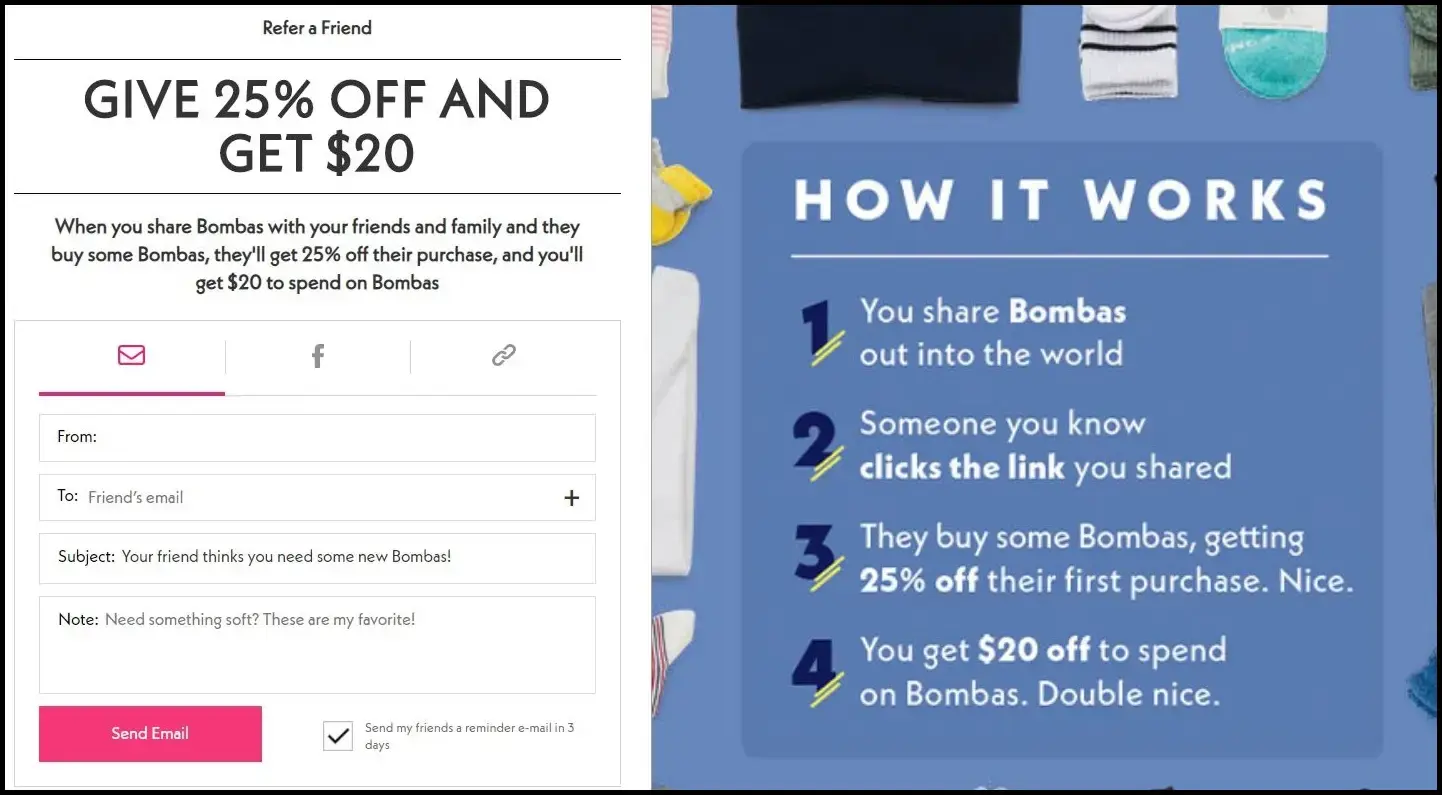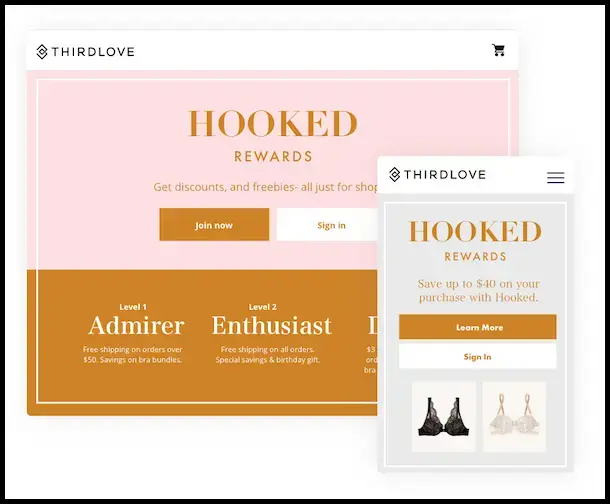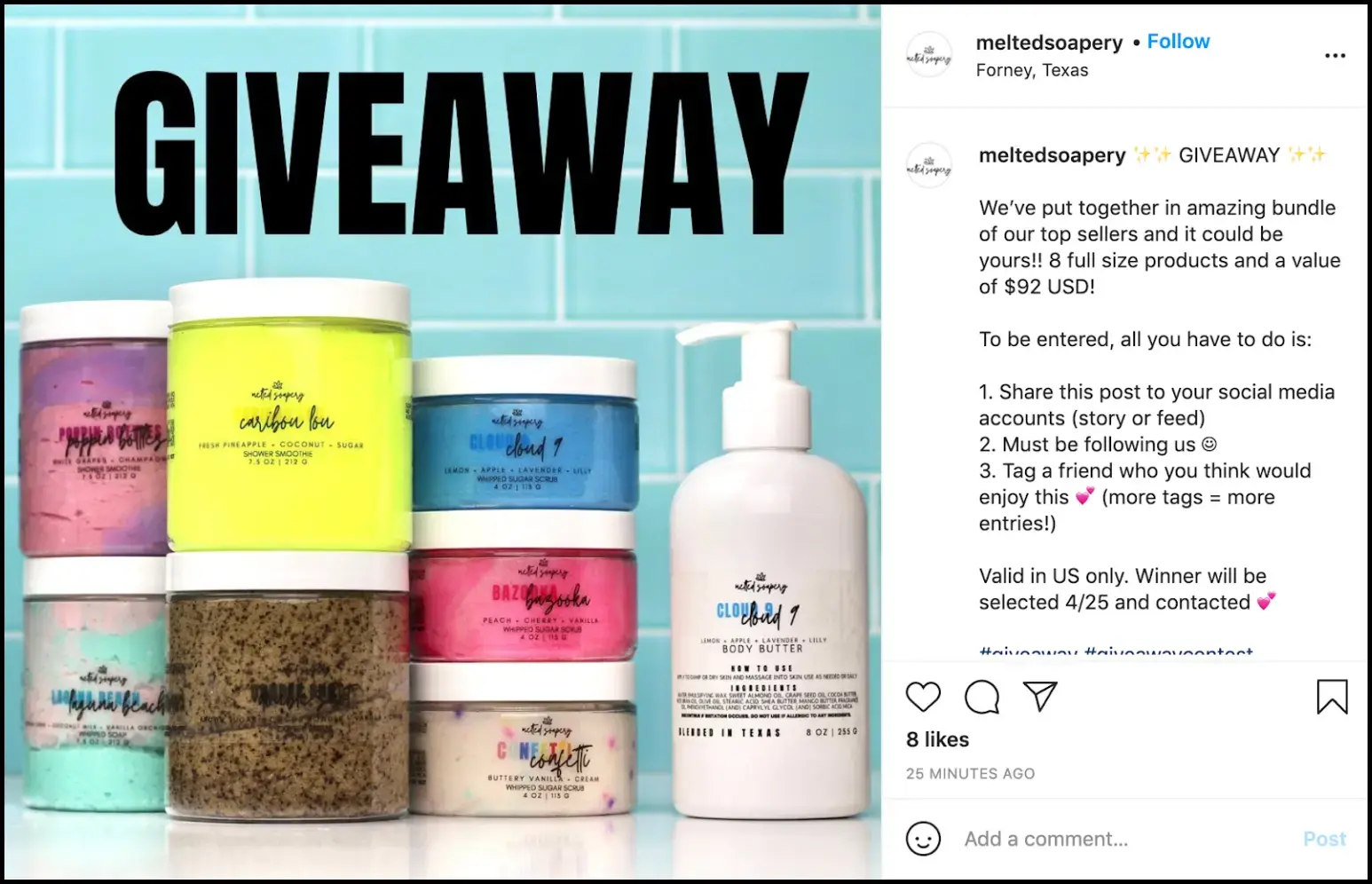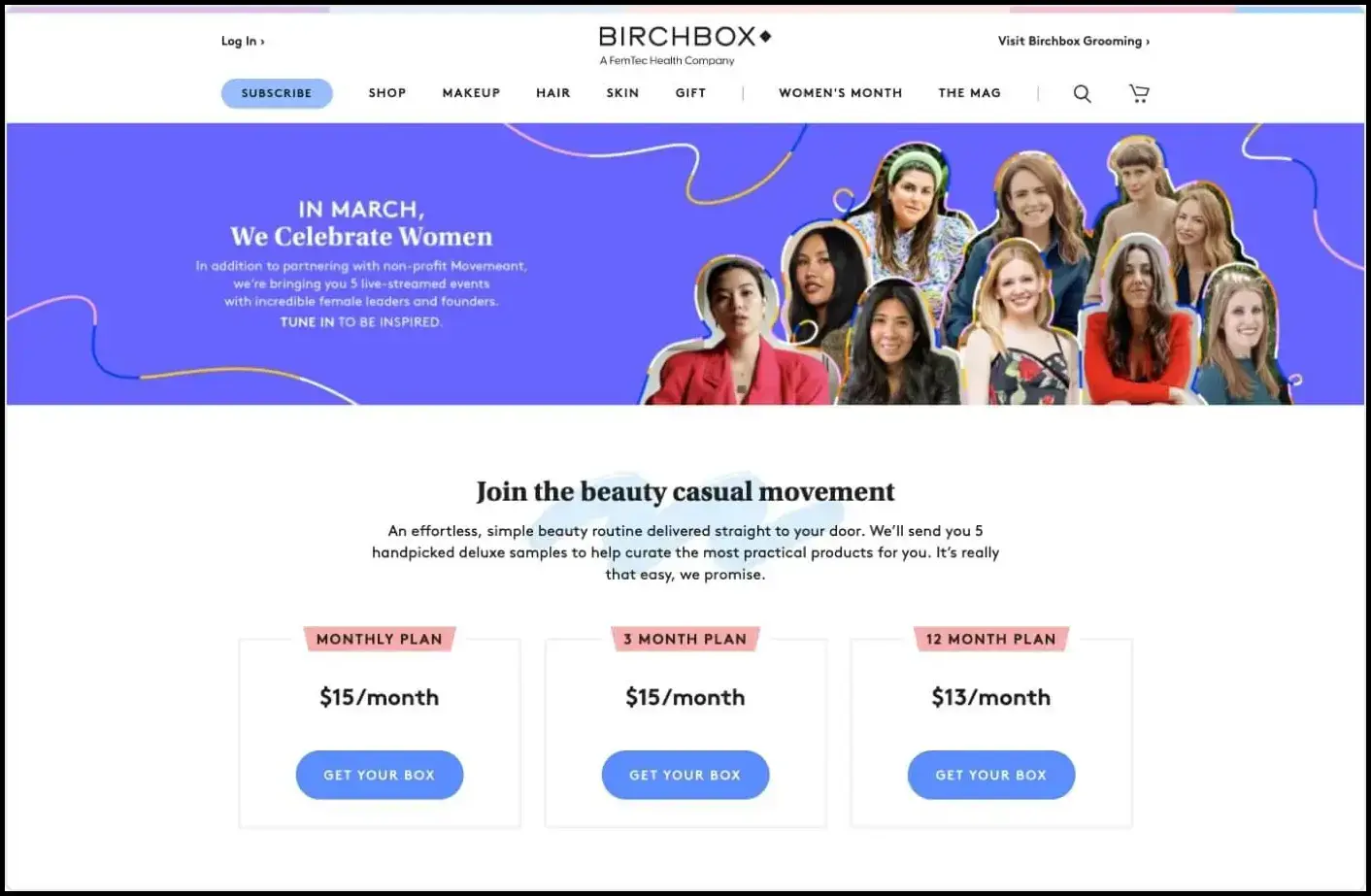Brands with successful customer experiences have excellent retention rates. The most crucial phases of a D2C brand journey now include customer acquisition and retention strategies. However, studies indicate that it is five times more expensive to acquire new customers than to keep existing ones.
In the current scenario customer acquisition costs (CACs) frequently exceed Customer Lifetime Value (CLTV). This effectively suggests that a D2C brand’s customer spending is much lower than the expense involved in getting them. To enter and traverse those seas is daunting.
In such a situation, how do D2C brands keep customer acquisition expenses as low as possible? In this blog, we’ll delve into the most effective strategies for acquiring new customers and retaining them for the long haul. From social media marketing to email campaigns and influencer partnerships, we’ll cover all the tactics you need to know to grow your D2C brand and turn first-time buyers into lifelong fans. So sit back, relax, and get ready to learn the secrets of successful customer acquisition and retention strategies for D2C brands.
Customer acquisition elaborated
Getting potential customers to purchase your products is a strategy known as customer acquisition. A successful customer acquisition strategy:
- draws in leads
- develops those leads until they are ready for sales
- turns those leads into customers
Your CAC is the total price of these initiatives.
Particular customer acquisition strategies are used by specialists to persuade potential customers to act. The purpose of this procedure is to develop a methodical, long-term strategy for bringing in new customers and increasing sales for your company. You can acquire new business, keep repeat business, and maximize profits with the aid of an effective customer acquisition strategy.
Best customer acquisition strategies to implement
There are several strategies that D2C brands can use to acquire and retain customers. Listed below are 10 of them:
1) Content marketing
Content marketing is a strategy that involves creating and sharing valuable, relevant, and informative content with the goal of attracting and retaining customers. By creating content that is helpful and informative, D2C brands can establish themselves as thought leaders in their industry and build trust with their audience.
There are many types of content that D2C brands can create and share as part of their content marketing strategy, including:
- Blog posts
- Articles
- Videos
- Infographics
- Social media posts
By consistently creating and sharing high-quality content, D2C brands can attract and retain customers by providing value and building trust.
For example, the British direct-to-consumer company Eve anticipated that potential customers could be perplexed as to how a mattress-in-a-box could outperform more expensive rivals.
They made the decision to publicize the brand’s distinctive quality and price points. The majority of the company’s marketing expenditure was used to provide information to customers for 18 months.
customer-acquisition-strategies-content-marketing
It appears that the investment in content marketing was worthwhile. The company’s income has skyrocketed since its launch in 2015, bringing in $37.4 million in its third year, 2018.
2) Search engine optimization (SEO)
Search engine optimization (SEO) is the process of optimizing your website and content to rank higher in search engine results pages (SERPs) and attract organic traffic. By improving your SEO, you can increase the visibility of your website and make it more likely that potential customers will discover your brand when searching for relevant keywords.
There are several ways that D2C brands can optimize their website and content for search engines:
- Use relevant keywords
- Create high-quality content
- Improve the user experience
By implementing effective SEO strategies, D2C brands can increase their visibility and attract organic traffic, which can lead to more customers and higher sales.
For example, a D2C mattress store that excelled at this was Casper. The company conducts business online and frequently appears in Google searches for terms relating to mattresses. In order to outperform its competitors and secure a significant portion of the 550,000+ monthly mattress Google searches, Casper, put a lot of effort into creating search-specific landing pages and investing AdWords funds into the website. In fact, so many mattress-related search keywords return the company at the top of the list that some of Casper’s competitors claim this amounts to anticompetitive behavior.
customer-acquisition-strategies-seo
3) Social media marketing
Social media marketing is a strategy that involves using social media platforms like Instagram, Facebook, and Twitter to reach potential customers and engage with them. D2C brands can use social media to increase brand awareness, drive traffic to their website, and build relationships with their audience.
There are several ways that D2C brands can use social media to reach potential customers:
- Create attractive and informative posts
- Use hashtags
- Run paid advertisements
By using social media effectively, D2C brands can attract and retain customers by building relationships and increasing brand visibility.
For example, Glossier uses online channels to market skin care products to Millennials. Through its monthly offerings, it provides a carefully selected range of products, keeping its product lineup diverse. Over the past seven years, it has gotten bigger because of its content creation procedures and ongoing engagement with its online audience.
The significance of content development and a creative social media strategy has been reaffirmed by Glossier. With more than 2.7 million Instagram followers, Glossier has become one of the most popular beauty companies among Millennials because of its digital content and marketing approach.
customer-acquisition-strategies-social-media-marketing
4) Influencer marketing
Influencer marketing is a strategy that involves working with influencers on social media platforms to promote your products and reach a larger audience. Influencers are individuals or organizations who have a large and engaged following on social media platforms and are considered experts or thought leaders in their field.
There are several ways that D2C brands can work with influencers to promote their products and increase their visibility:
- Identify the right influencers
- Collaborate on content
- Use influencer-generated content
By working with influencers, D2C brands can increase their visibility and credibility, and reach a larger audience of potential customers.
For example, Due to its influencer marketing, Dollar Shave Club is likely one of the D2C brands with the easiest brand recognition. In the midst of fierce competition, authenticity helped Dollar Shave Club establish a reputation for itself. A distinctive brand identity has been developed as a result of innovative advertising campaigns and collaborations with social media influencers. Most importantly, it reduced the cost of daily shaving for its customers.
customer-acquisition-strategies-influencer-marketing
5) Email marketing
Automating behavior-triggered emails is a way for D2C brands to use email marketing to provide personalized and timely communication to their customers. These emails are triggered by specific actions that a customer takes, such as abandoning their cart or visiting a certain page on your website. By automating these emails, D2C brands can provide targeted and relevant communication to their customers and improve the chances of converting them into sales.
Here are some examples of behavior-triggered emails that D2C brands can automate:
- Browse abandonment emails
- Cart abandonment emails
- Welcome series
- Subscriber discount
By automating behavior-triggered emails, D2C brands can provide personalized and timely communication to their customers and improve their chances of converting them into sales.
For example, A customer won’t purchase if they are unsure of how one of their items will help them. Sephora entered our list of the top email marketing examples because they recognize this reluctance and solve it by providing free video training for their latest items.
In order to give their email readers confidence to make a purchase, Sephora’s videos address any subscriber questions about a product’s intended function.
customer-acquisition-strategies-email-marketing
6) Paid search advertising
Paid search advertising is a strategy that involves using paid search advertising platforms like Google AdWords to reach potential customers who are searching for products or services related to your brand. By using paid search advertising, D2C brands can increase the visibility of their website and products and drive traffic and sales.
Here are some ways that D2C brands can use paid search advertising to reach potential customers:
- Use keywords
- Use ad targeting
- Monitor and optimize your campaigns
By using paid search advertising effectively, D2C brands can increase their visibility and drive traffic and sales from potential customers who are searching for products or services related to their brand.
For example, “Awesome stuff for folks who aren’t afraid to stand out” is what BlackMilk sells. In a sea of neutrals, their products’ vibrant patterns and bold designs can help you stand out. Direct marketing and paid advertising had a major role in the development of the BlackMilk brand and is still used to reach consumers today. Discover why this retailer has such a cult following by visiting their website.
customer-acquisition-strategies-ppc-ads
7) Referral marketing
Referral marketing is a strategy that involves encouraging your current customers to refer their friends and family to your brand in exchange for discounts, rewards, or other incentives. By offering incentives for referrals, D2C brands can acquire new customers at a lower cost and increase customer loyalty.
There are several ways that D2C brands can encourage customer referrals:
- Offer incentives
- Make it easy for customers to refer others
- Track and measure the success of your referral program
By implementing a referral program, D2C brands can acquire new customers at a lower cost and increase customer loyalty by rewarding customers for spreading the word about their brand.
For example, Bombas is a retailer of comfortable clothing and socks. By giving away a fresh pair of socks for every pair sold, the brand stands apart. More than 33 million pairs of socks have already been donated by them. One purchase can help those who are less fortunate than you. As a result, users can use a referral scheme to encourage their friends to do charitable work. Referred friends and relatives can receive a discount of $25, giving them $20 to spend on Bombas.
customer-acquisition-strategies-referral-marketing
8) Customer loyalty programs
A customer loyalty program is a marketing strategy that involves offering rewards or incentives to encourage customers to continue purchasing from your brand and to encourage word-of-mouth referrals. By implementing a loyalty program, D2C brands can increase customer loyalty and retention, as well as drive repeat purchases.
There are several types of loyalty programs that D2C brands can implement:
- Points-based program
- Tiered program
- Subscription-based program
- Partnership-based program
By implementing a customer loyalty program, D2C brands can increase customer loyalty and retention and drive repeat purchases.
For example, Popular D2C retailer ThirdLove offers lingerie, activewear, and loungewear. Additionally, they provide customers with a tiered loyalty program called Hooked Rewards, where they can advance through the tiers by increasing their lifetime spending in exchange for benefits like free delivery, birthday presents, early access to new products, and more.
customer-acquisition-strategies-customer-loyalty-programs
9) Host Giveaways and contests
Hosting giveaways and contests is a strategy that D2C brands can use to reach a new audience, build brand awareness, and engage with customers.
There are several ways that D2C brands can host giveaways and contests:
- Online product giveaways
- Online contests
- Special events
By hosting giveaways and contests and participating in events, D2C brands can reach a new audience, build brand awareness, and engage with customers.
For example, Small-batch handcrafted soaps produced with “luxurious butter, palm-free vegan oils, and responsibly sourced ingredients” are sold under the name Melted Soapery. The brand hosts an online giveaway on Instagram for eight full-sized products, including body butter, sugar scrubs, and shower smoothies.
customer-acquisition-strategies-host-giveaways
10) Enhance CX with amazing web design
Enhancing the customer experience with amazing web design is an important strategy for D2C brands to attract and retain customers. A seamless shopping experience on the website can help improve the user’s overall experience and encourage them to continue purchasing from the brand.
Here are some ways that D2C brands can enhance customer experience with amazing web design:
- Make the website easy to navigate
- Optimize the website for mobile devices
- Use high-quality images and product descriptions
- Provide multiple payment options
By enhancing the customer experience with amazing web design, D2C brands can attract and retain customers and improve the chances of making sales.
For example, Birchbox is a subscription service that sends its customers boxes of cosmetics every month. What was once a little business has grown into a major participant in the direct-to-consumer market. One of the first businesses to benefit from the direct-to-consumer movement was Birchbox. Their things are inexpensive, plus they have a great DTC website with simple navigation. In contrast to most other subscription services, they also offer a large variety of products and make ordering stuff relatively simple.
customer-acquisition-strategies-enhance-cx-with-design
Customer acquisition vs. retention
Customer acquisition is the process of gaining new customers for your business, while customer retention is the process of keeping those customers around for an extended period of time. Both customer acquisition and customer retention are important for the success of any business, as acquiring new customers can be expensive, and retaining existing customers is typically less costly.
There are several factors that contribute to the cost of customer acquisition, including marketing and advertising expenses, sales costs, and the cost of providing customer support. In contrast, the cost of customer retention is typically lower, as it involves maintaining relationships with existing customers and providing them with ongoing support.
Overall, customer acquisition and retention strategies are both important for any business, and a focus on both can help drive long-term growth and success.
Epilogue
In conclusion, D2C brands have a unique opportunity to connect directly with their customers and build loyal relationships through their online channels. By implementing a combination of the customer acquisition strategies outlined above, D2C brands can effectively reach and engage their target audience, drive traffic to their website, and ultimately convert visitors into paying customers.
Ultimately, the key to successful customer acquisition for D2C brands is to have a well-rounded approach that incorporates a variety of tactics and is constantly adapting to the changing needs and preferences of the target audience. By consistently testing and refining their strategies, D2C brands can effectively acquire and retain customers in the increasingly competitive e-commerce landscape.
You may also like
Essential resources for your success



